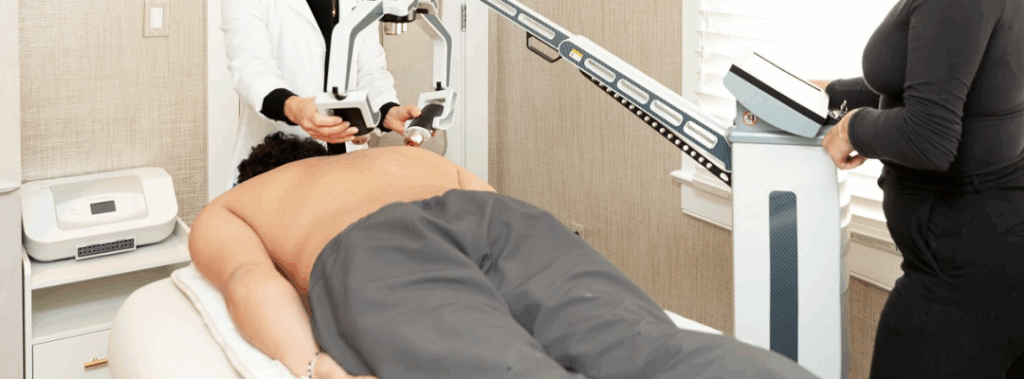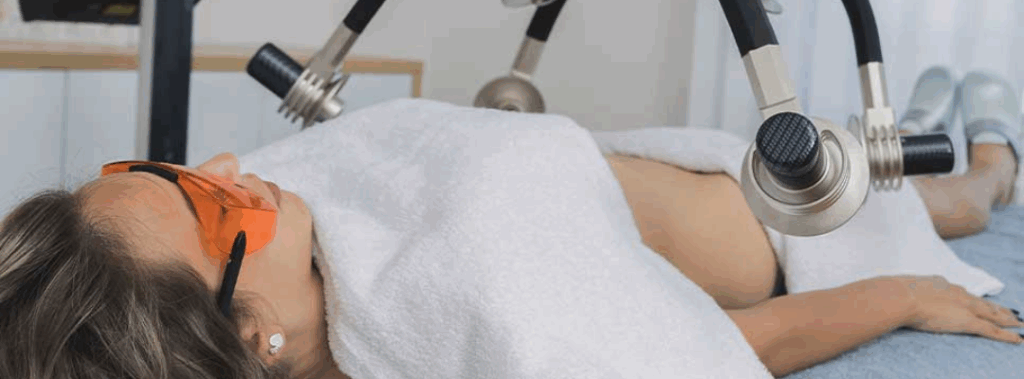
Red Light Therapy for Podiatrists: Treating Common Foot Ailments
Foot ailments are a common concern, affecting millions of people worldwide and leading to significant discomfort and reduced mobility. Conditions like plantar fasciitis, foot fungus, and diabetic neuropathy can be particularly challenging to treat, often requiring long-term management. As podiatry continues to evolve, new and innovative treatments are emerging, with red light therapy (RLT) standing out as a promising option. This non-invasive therapy is gaining recognition for its ability to address a range of foot issues, offering podiatrists a valuable tool to enhance patient outcomes.
Understanding Red Light Therapy in Podiatry
Red Light Therapy (RLT) involves the use of specific wavelengths of light to penetrate the skin and tissues, stimulating cellular processes that promote healing and reduce inflammation. This therapy is a form of photobiomodulation, where light energy is absorbed by the cells, leading to increased ATP (adenosine triphosphate) production, which fuels cellular repair and regeneration.
What foot conditions can laser therapy treat?
- Foot Fungus
- Plantar Fasciitis
- Diabetic Neuropathy
The versatility of RLT makes it an attractive option for podiatrists looking to offer patients effective, non-invasive treatments.
Treating Foot Fungus with Red Light Therapy
Foot fungus, particularly onychomycosis, is a common yet stubborn condition that affects the toenails, causing discoloration, thickening, and brittleness. Traditional treatments often involve topical antifungal medications or oral drugs, which can have side effects and require prolonged use.
Red light therapy offers an alternative approach by targeting the fungal cells directly. The light penetrates the nail and surrounding tissue, disrupting the growth of the fungus and promoting healthier nail regrowth.
Red Light Therapy for Plantar Fasciitis
Plantar fasciitis is one of the most common causes of heel pain, affecting about 10% of the population. This common foot condition results from inflammation of the plantar fascia, the band of tissue that runs across the bottom of the foot. Plantar fasciitis can be debilitating, making it difficult for patients to walk or stand for long periods.
Red light therapy can help alleviate the symptoms of plantar fasciitis by reducing inflammation and promoting tissue repair. The therapy works by increasing blood flow to the affected area, which enhances the delivery of oxygen and nutrients necessary for healing. Additionally, RLT stimulates the production of collagen, which strengthens the plantar fascia and reduces pain.
Addressing Diabetic Neuropathy with Red Light Therapy
Diabetic neuropathy is a severe complication of diabetes, characterized by nerve damage that causes pain, numbness, and tingling, primarily in the feet. Managing this condition is challenging, as traditional treatments focus mainly on pain relief without addressing the underlying nerve damage.
Red light therapy offers a potential solution by improving blood flow and reducing inflammation in the affected areas. The increased circulation helps to nourish the nerves, potentially aiding in nerve repair and reducing the severity of neuropathy symptoms.
Implementing Red Light Therapy in Podiatric Practice
For podiatrists interested in integrating red light therapy into their practice, selecting the appropriate devices is crucial. RLT devices vary in terms of wavelength, power output, and ease of use, making it important to choose a device that meets the specific needs of the practice.
Proper training is also necessary to maximize the benefits of RLT. Podiatrists should seek out ongoing education opportunities to stay informed about the latest advancements in red light therapy. This knowledge will enable them to provide the best possible care for their patients, ensuring successful outcomes.
Conclusion
Red light therapy represents a significant advancement in the treatment of common foot ailments, offering podiatrists a non-invasive, effective tool to address conditions like foot fungus, plantar fasciitis, and diabetic neuropathy. By incorporating RLT into their practice, podiatrists can enhance patient outcomes, reduce recovery times, and improve overall quality of life for those suffering from these challenging conditions. As the use and studies of RLT continues to grow, its role in podiatry is likely to expand, making it an essential component of modern foot care.



